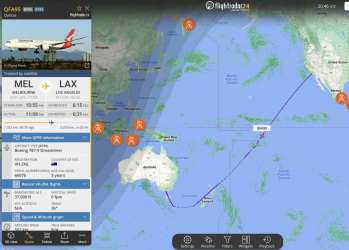In the same way that the USA is supposedly a metric nation, their use of ICAO ATC standards and rules is casual at best. Declaring an emergency means a total of nothing, but it’s at least better than another I heard recently in which an aircraft aborted on the runway with an engine fire, and the call was basically “roll the trucks”. Casual for no good reason.
A mayday or pan call gives ATC some indication of your degree of concern and shuts everyone else on frequency up. My experience with Manila ATC was the complete opposite of this event, with their calls being very few but to the point, and any internal handovers happened without any questions to us. What information there was, was obviously passed along efficiently.
Sometimes things are not as obvious in the coughpit as you might expect. In this case, I’d expect they had “Cabin Altitude” warning of some sort, but as it was a 737, it may just have been a light, and not the sort of data given by an ECAM/EICAS system. I don’t know what sort of initial noise there may have been, as this event didn’t have any sort of initiating ‘explosion’ (our oxy bottle gave us a huge “thud”). They weren’t all that high, so the differential pressure wasn’t all that great, which means the physiological effects aren’t as obvious. And locked away in the coughpit, they’re quite a distance from the actual event, which serves to moderate the effects. Plus they didn’t have all that far to descend to get back to/below 10,000’. All of this serves to lower the concern factor. But, once they got a phone call from the back, and became aware that passengers were seated right next to a door sized opening, then their continued well being would be extremely concerning. So, it could have started as pan, but then should have been upgraded to a mayday.
















